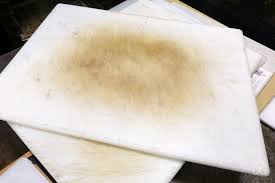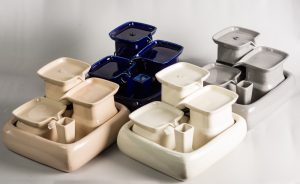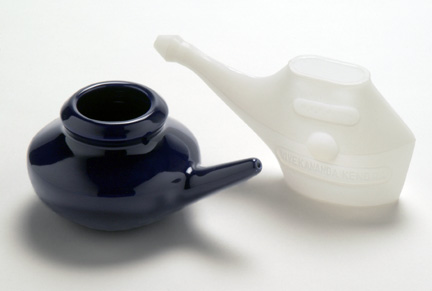CATS NEED TO DRINK WATER AND FOUNTAINS CAN ENTICE THEM TO DO SO
Through evolution, a cat’s body is programmed to get most of their daily water requirement from the food that they eat. With the rise in the popularity of the use of dry cat food, cats need to drink more water to compensate for the very low moisture content of dry food. Even cats on wet food can benefit from drinking extra water. A variety of health problems can arise when your cat is dehydrated. But cats have low thirst drive and most of them are picky with the water that they will drink owing to the life preservation instincts they have retained from their wild ancestors. A water fountain provides cats with the running water that entices them to drink more. The movement infuses oxygen to the water keeping it fresher, cooler and better tasting longer. The sound and movement of the flowing water attracts the attention of cats and piques their curiosity. The motion also provides them a better visual cue on where the water level is therefore making them more comfortable to drink.WHICH FOUNTAIN TO CHOOSE?
A cat water fountain is a good investment towards your cat’s health. But how do you choose among the fountains currently available in the market? Cat water fountains are made from three basic materials: There is the plastic cat fountain, stainless steel and ceramic. The following looks into the relative advantages and disadvantages of each of these materials.A Plastic cat fountain
A plastic cat fountain comes at a relatively cheaper price compared to the other two materials. They are shatter proof if in case they fall. A plastic cat fountain is lightweight and while this is seen as an advantage by some, it is disadvantageous when you have a rowdy multi-cat household that may knock the fountain over and create a mess.Plastics are easily scratched and become breeding ground for bacteria
The principal argument against a plastic cat fountain is that the material can be easily scratched. These nicks on the fountain are good breeding ground for bacteria to thrive. They can multiply and contaminate the water in the fountain. When the cat drinks contaminated water, they can get sick. This makes plastic an unhygienic choice for a cat water fountain.
Plastic when cut or scratched becomes a breeding ground for bacteria
Plastics contain toxic chemicals and may cause allergies
While some plastics are dishwasher safe, it is generally not advisable to subject plastics to heat. Some plastics do not tolerate the heated water of dishwashers because their surface may degrade and release small amounts of harmful chemicals. Plastics contain toxic chemicals like Bisphenol A (BPA) and phthalates which can disrupt the endocrine system. It can also affect the brain and heart and in the long term can be cancer-causing. Should you decide to get a plastic water fountain make sure it has the BPA and Phthalate-free certification.Plastics can cause allergies and easily retain odours
Some cats are allergic to plastic products. This may cause development of acne-like symptoms on the part of their chin that comes into contact with the plastic fountain. Plastic materials also retain odour. Therefore after some time your cat may reject their fountain as cats generally do not like to drink from bowls with odours. This may lead to the need to prematurely replace the plastic cat fountain.STAINLESS STEEL FOUNTAINS
Stainless steel has no toxicity issues but can be scratched and breed bacteria
These types of fountains are sturdy, have a classy appearance and are lightweight. They have no toxicity issues but lower quality ones can rust. Stainless steel is easy to clean and can withstand heated water. It should not be scrubbed because scrubbing will cause scratches on the surface of the material which, again, can become breeding ground for bacteria.CERAMIC FOUNTAINS
Ceramics are durable and resistant to scratches therefore hygienic
Ceramic water fountains cost a bit more than the plastic and stainless steel ones but they are worth it. Ceramics demonstrate excellent strength and hardness making them durable and wear resistant. Compared to the other two materials ceramics may break, but when they are properly glazed they do not crack easily. They are also not susceptible to small scratches. Without nicks and scratches on the surface, there are no places for bacteria to thrive, making ceramic a more hygienic choice than the cheaper plastic fountains.Ceramics are easy to clean, dishwasher safe and rust resistant
Ceramic has a smooth surface so it is very easy to clean.Other characteristics of ceramic materials
Ceramic is heavier than plastic or stainless steel so it cannot be as easily knocked over by rowdy pets. Odours do not stick to ceramic material unlike in plastic, so your cat is less likely to reject her fountain after some time. Ceramic material also keeps water much cooler so cats will be encouraged to drink more often. Ceramic water fountains can provide a good source of fresh moving water for your cat. When cared for properly, they can last a long time. The only concern pet owners have about using ceramic is the potential for lead toxicity. Make sure that the ceramic fountain you choose comes from a reputable source. Meaning it is manufactured with the same process and standard used in making ceramic tableware for human use. It may cost a bit more but you can rest assured that it is made of high quality food safe ceramics.Ceramic, stainless steel or a plastic cat fountain – Which are the best choice for your cat?
Although cats are of a different species than us, they are susceptible to most of the same bacteria and toxins as we are. So if we don’t use plastic table and kitchen ware for our food and water, why should we let our cats use them? Their food dishes and fountains should be made of materials no different from our dishes. They should pass the same standards as ours: food safe, dishwasher safe and most importantly hygienic. Ceramic is clearly the best choice of material for a water fountain for your cat.
Ceramic is mainly used for human eating & drinking for hygienic reasons. The same should apply to felines

